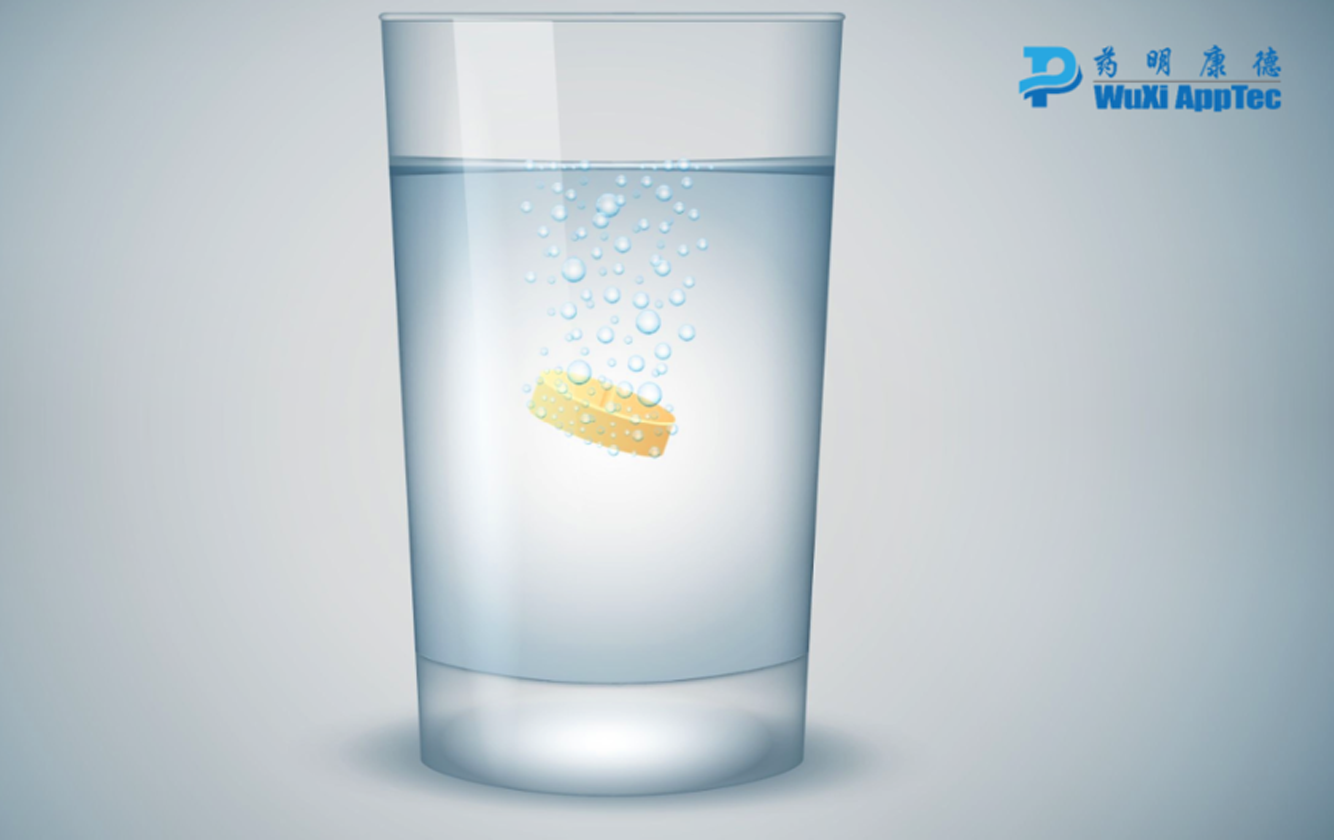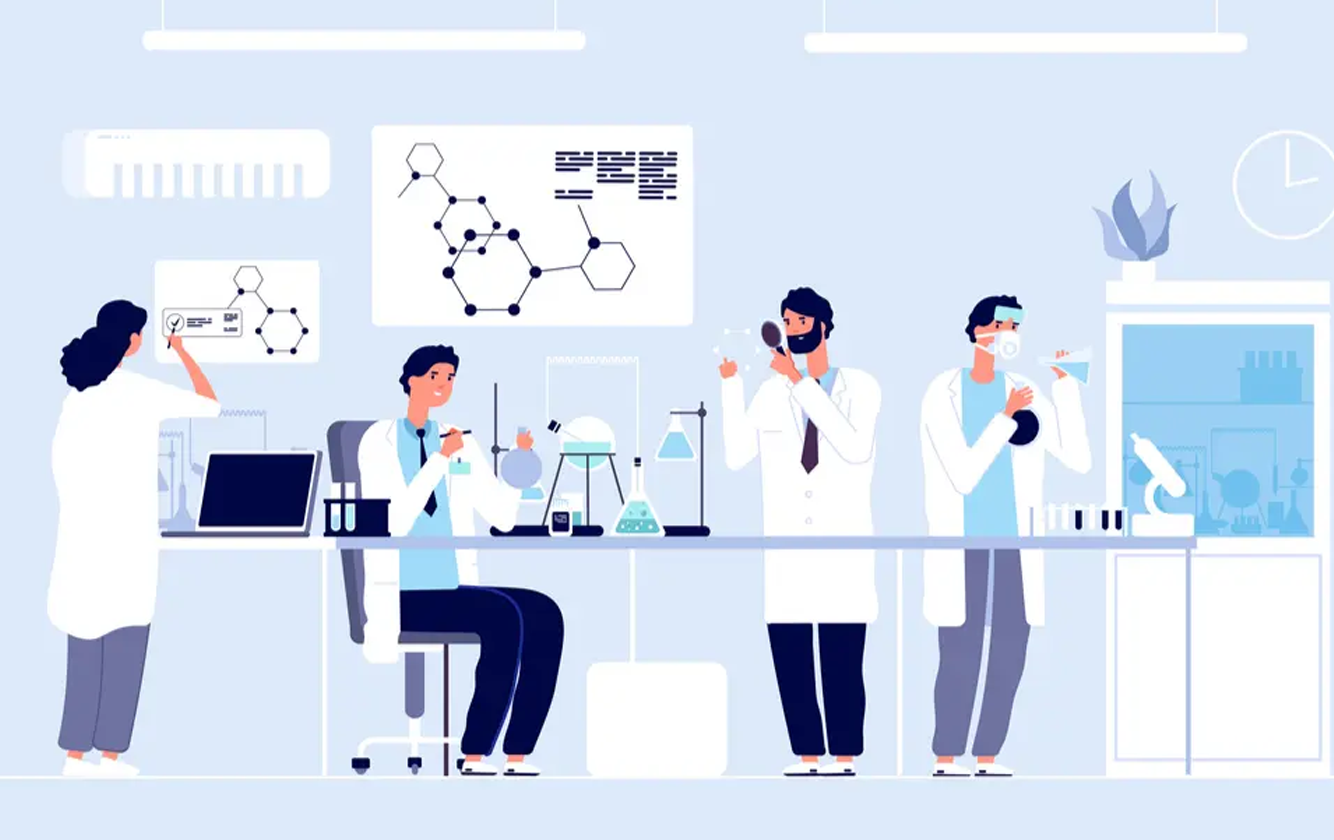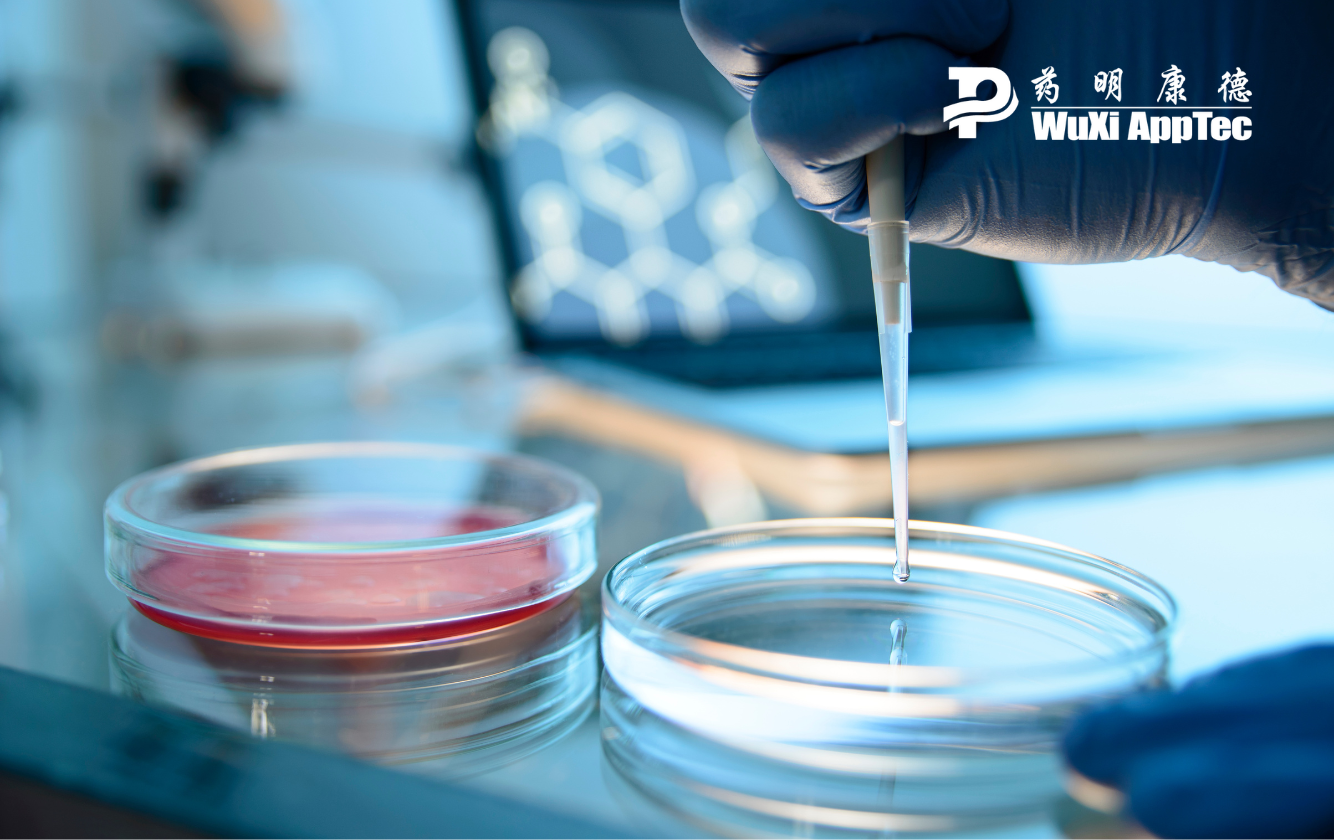Kinetic & Thermodynamic Solubility Testing
Solubility is a critical factor influencing a drug candidate’s absorption, distribution, metabolism, and excretion (ADME) properties. Performing solubility screens early on helps to quickly identify and remove compounds that may fail due to poor absorption or low bioavailability, saving the cost of more expensive screens later on and increasing the likelihood of clinical success. Let our expert DMPK team develop an in vitro ADME program tailored to your drug candidate that includes the correct kinetic and thermodynamic solubility studies.
IND-Enabling Packages
In Vivo Studies Per Year
In Vitro Studies Per Year
Drug Solubility Testing Capabilities
WuXi AppTec is a leading global expert in kinetic and thermodynamic solubility testing in various media, providing high-quality data to support early drug discovery and development, especially during early lead optimization stages and again as a part of investigational new drug (IND) submission.
Kinetic Solubility
Testing Methods
Kinetic solubility refers to the measurement of compounds initially dissolved in organic solvents (e.g., DMSO) that are then mixed with different media at defined ratios to evaluate their solubility behavior in specific target media. Kinetic solubility testing is usually conducted during the early stages of drug discovery, including lead identification and lead optimization, to guide the selection of promising drug candidates.
Thermodynamic
Solubility Testing Methods
Thermodynamic solubility testing determines maximum solubility of a drug compound that can be dissolved in various media under controlled conditions. This study is typically performed in the late- stage preclinical development, after promising compounds have been identified and optimized for activity and selectivity.
Other Solubility Studies
In addition to kinetic and thermodynamic solubility testing, various other solubility studies can be conducted during drug discovery to provide a comprehensive understanding of a compound’s solubility profile. These studies complement kinetic and thermodynamic solubility assessments, guiding formulation development and enhancing drug candidate selection.
- pH-Dependent Solubility Testing – Determines how solubility changes across different pH levels, simulating conditions in the gastrointestinal tract to predict absorption behavior.
- Lipophilicity (LogP and LogD) – Evaluates a compound’s partitioning behavior between aqueous and lipid phases, which influences membrane permeability and bioavailability.
Solid-State Characterization – Assesses polymorphism, crystallinity, and amorphous states, which can impact solubility and stability. - Supersaturation and Precipitation Testing – Investigates the potential of a compound to form supersaturated solutions and its risk of precipitation under physiological conditions.
- Solubility in Biorelevant Media – Examines solubility in simulated gastrointestinal fluids, plasma, and other biological matrices to mimic in vivo conditions.
Explore Drug Solubility & Other ADME Insights
Other In Vitro ADME Assays
Need more than just drug solubility assays? Advance your compound further, faster with these other essential components of a complete in vitro ADME program.
Metabolic Stability
Assays
Drug-Drug Interaction
(DDI) Studies
Plasma Protein Binding
(PPB) Assays
Kinetic & Thermodynamic Solubility Testing FAQ
Why is drug solubility testing necessary?
Solubility plays a critical role in guiding compound selection and optimization during drug discovery. Solubility influences various pharmacokinetic properties, including absorption, distribution, metabolism, and excretion (ADME), and ultimately impacts the overall efficacy of a drug compound. Conducting a solubility screen at an early stage allows for the timely identification and elimination of compounds that are prone to failure due to inadequate absorption or low bioavailability. Therefore, the determination of solubility values should be prioritized as early as possible to enable informed decision-making and improve the chances of identifying promising drug candidates.
What is kinetic solubility testing?
Kinetic solubility testing is used to evaluate the solubility of a compound that is already fully dissolved in an organic solvent, typically DMSO. A small percentage of this organic solvent is introduced into an aqueous solution, and the precipitation of the compound is measured across various concentrations.
What is thermodynamic solubility testing?
Thermodynamic solubility testing is used to measure the maximum concentration of a drug compound that can be dissolved in an aqueous buffer system or bio-relevant medium under equilibrium conditions.
When should I start kinetic & thermodynamic solubility testing?
Conducting solubility screens at an early stage allows for the timely identification and elimination of compounds that are prone to failure due to inadequate absorption or low bioavailability. Kinetic solubility testing is typically conducted during the early stages of drug discovery, including lead identification and lead optimization, to guide the selection of promising drug candidates. Thermodynamic solubility testing is typically conducted during the later stages of drug development to optimize drug formulations and predict in vivo behavior.
What controls are used in kinetic and thermodynamic solubility assays?
Conducting solubility screens at an early stage allows for the timely identification and elimination of compounds that are prone to failure due to inadequate absorption or low bioavailability. Kinetic solubility testing is typically conducted during the early stages of drug discovery, including lead identification and lead optimization, to guide the selection of promising drug candidates. Thermodynamic solubility testing is typically conducted during the later stages of drug development to optimize drug formulations and predict in vivo behavior.
What is the turnaround time for solubility testing?
Solubility studies are generally considered standard and straightforward experiments. The turnaround time can range from one to a few days, depending on the study’s specific requirements.


